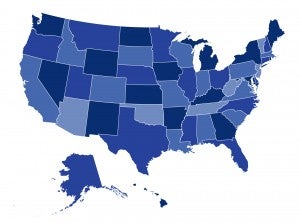Embedded Deductibles: Source of Consumer Confusion

Understanding how health insurance works can be confusing, particularly when it comes to deductibles, a topic we’ve had a lot of questions about. In today’s post, Sandy Ahn discusses how an embedded deductible works in a health plan for family coverage and compares that to an aggregate deductible. This information is also included in our online Navigator Resource Guide released last month.


